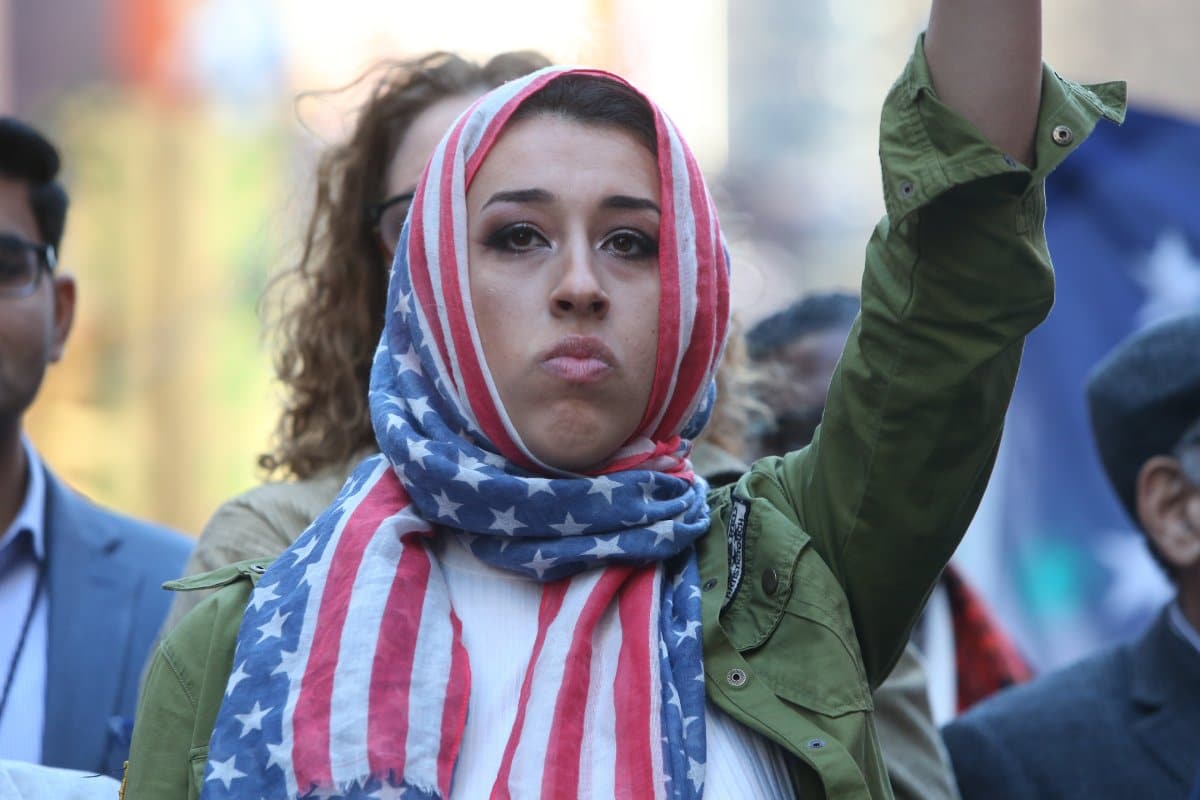Right now, there’s a huge debate about immigration in the U.S., and it’s not just about politics — it’s about the economy’s future. Some folks in the Senate want to tighten up border security and cut down on immigration, but not everyone’s on board. Experts are chiming in, saying this could really slow down economic growth and mess with the job market.
Senate Standoff
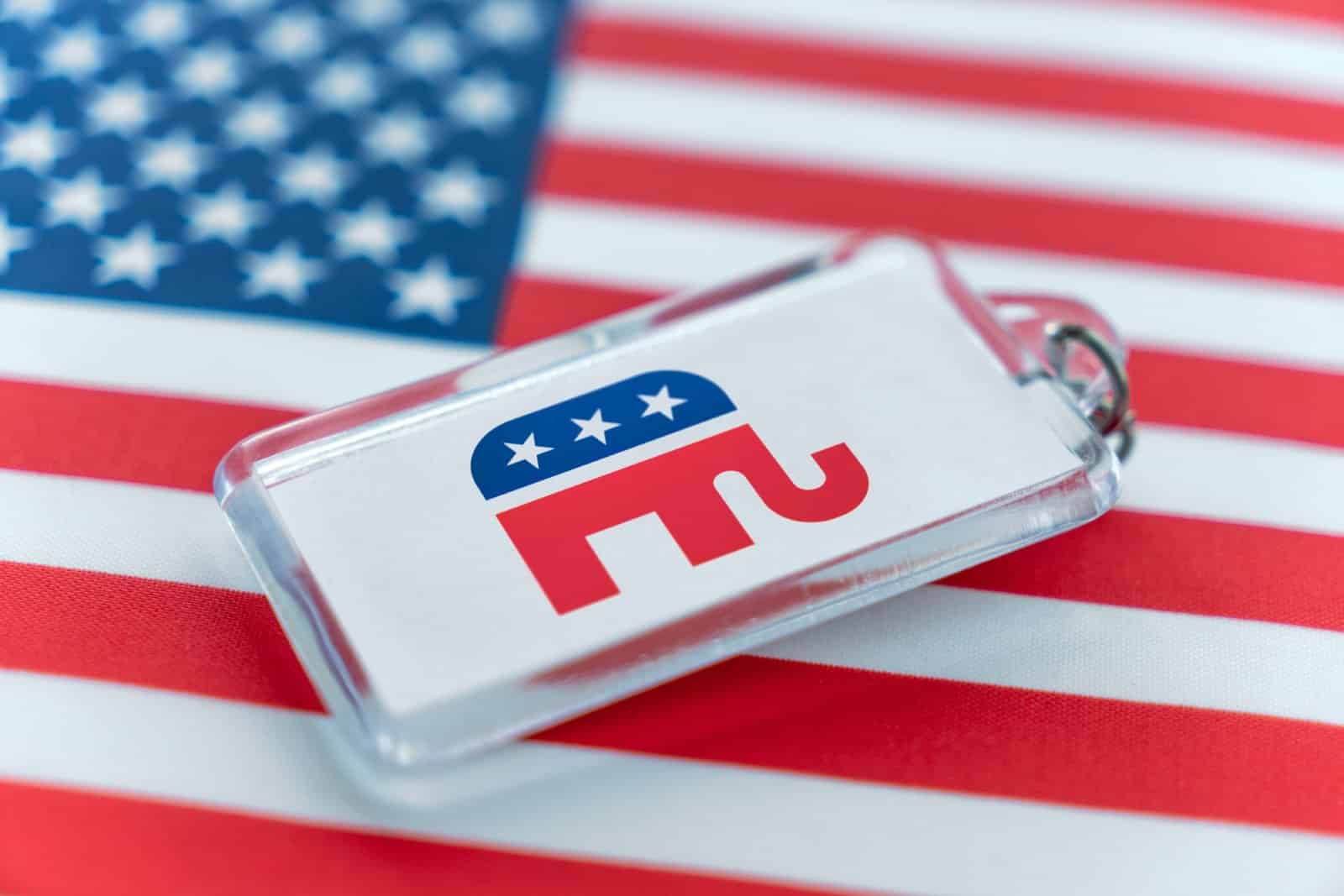
A plan to beef up border security and trim immigration numbers is causing a stir. The Senate’s trying to push it through, but House Republicans want even stricter rules.
However, these stricter proposals could have real economic consequences, dampening growth and exacerbating workforce shortages.
Why Immigration Matters

Immigration is a big deal for the U.S. economy. Wendy Edelberg from The Hamilton Project puts it simply: “The vast majority of population growth that we have in the U.S. right now is from immigration.”
Immigration has been a key driver behind the expansion of the U.S. labor force, and any reductions could hinder this growth trajectory, making it harder for the economy to thrive.
The Workforce Boost
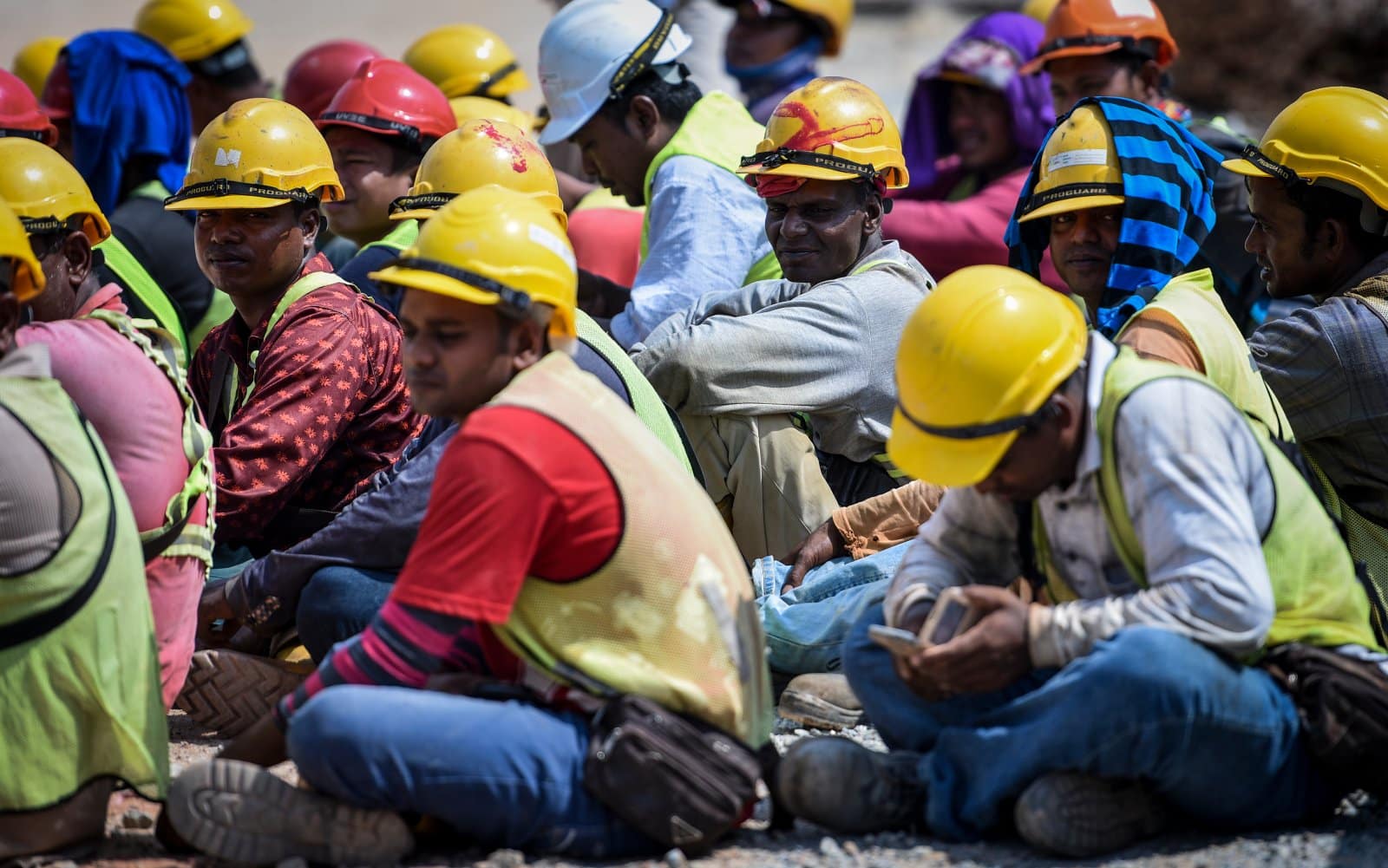
A closer look at the workforce shows just how much we rely on immigrants. They are filling critical jobs, from tech to agriculture, while keeping the economy dynamic and competitive.
Fiscal Effects

The fiscal picture is bright, with immigration expected to reduce the federal deficit. More workers mean more tax revenue, which helps balance the books.
CBO’s Take

The Congressional Budget Office (CBO) is all about the numbers, and they are saying immigration is a big plus for the economy.
They are predicting over 5 million new workers will join the labor force in the next decade thanks to immigration, which could boost the U.S. GDP by a whopping $7 trillion and increase federal revenue by $1 trillion.
Political Football
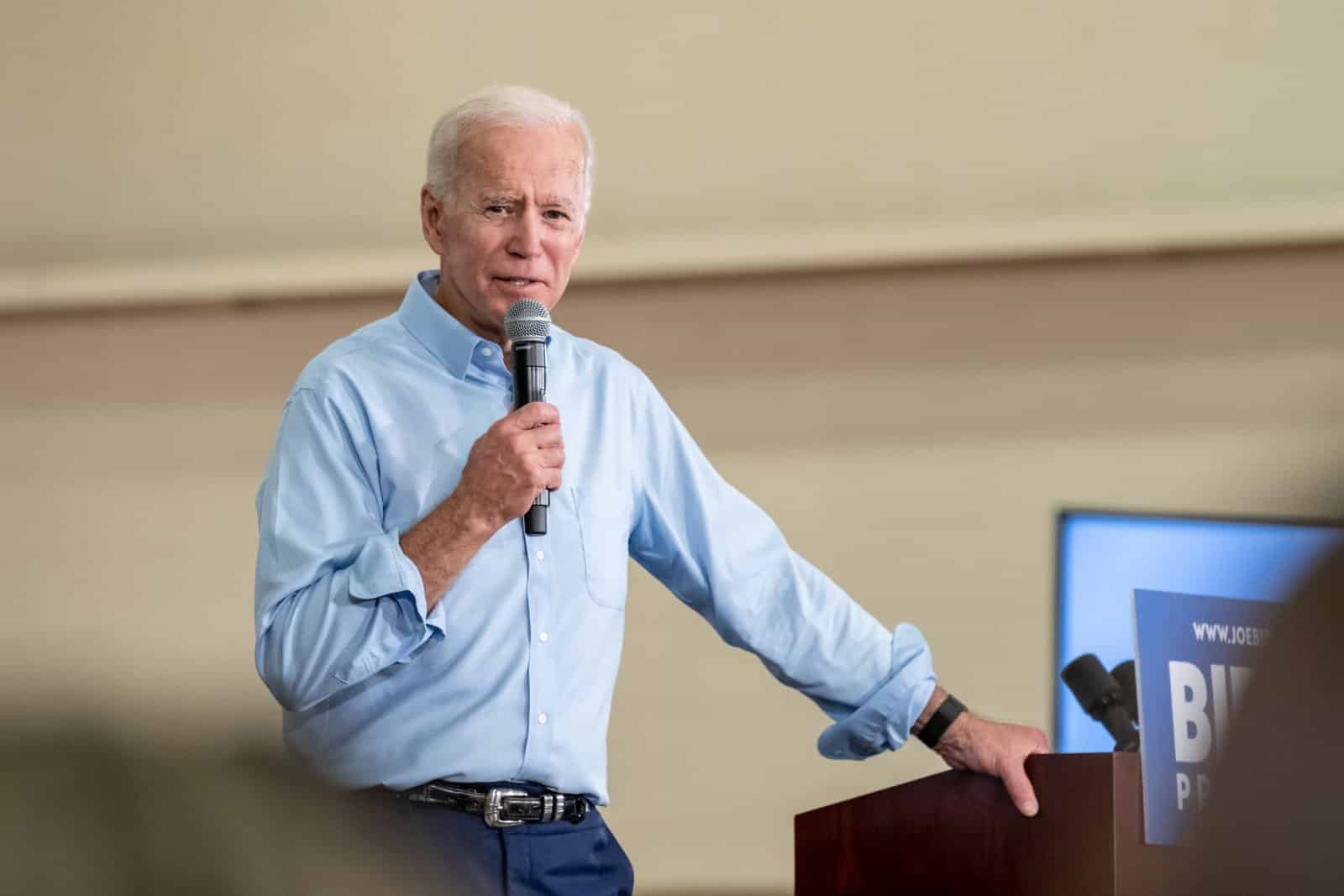
Despite all the good it does, immigration is still a hot-button issue. Some blame President Biden’s border policies for a rise in migration, but it’s more complicated than that.
Economic differences and governance issues in other countries play a big part, and the U.S. immigration system has had a tough time adapting.
Changing Faces
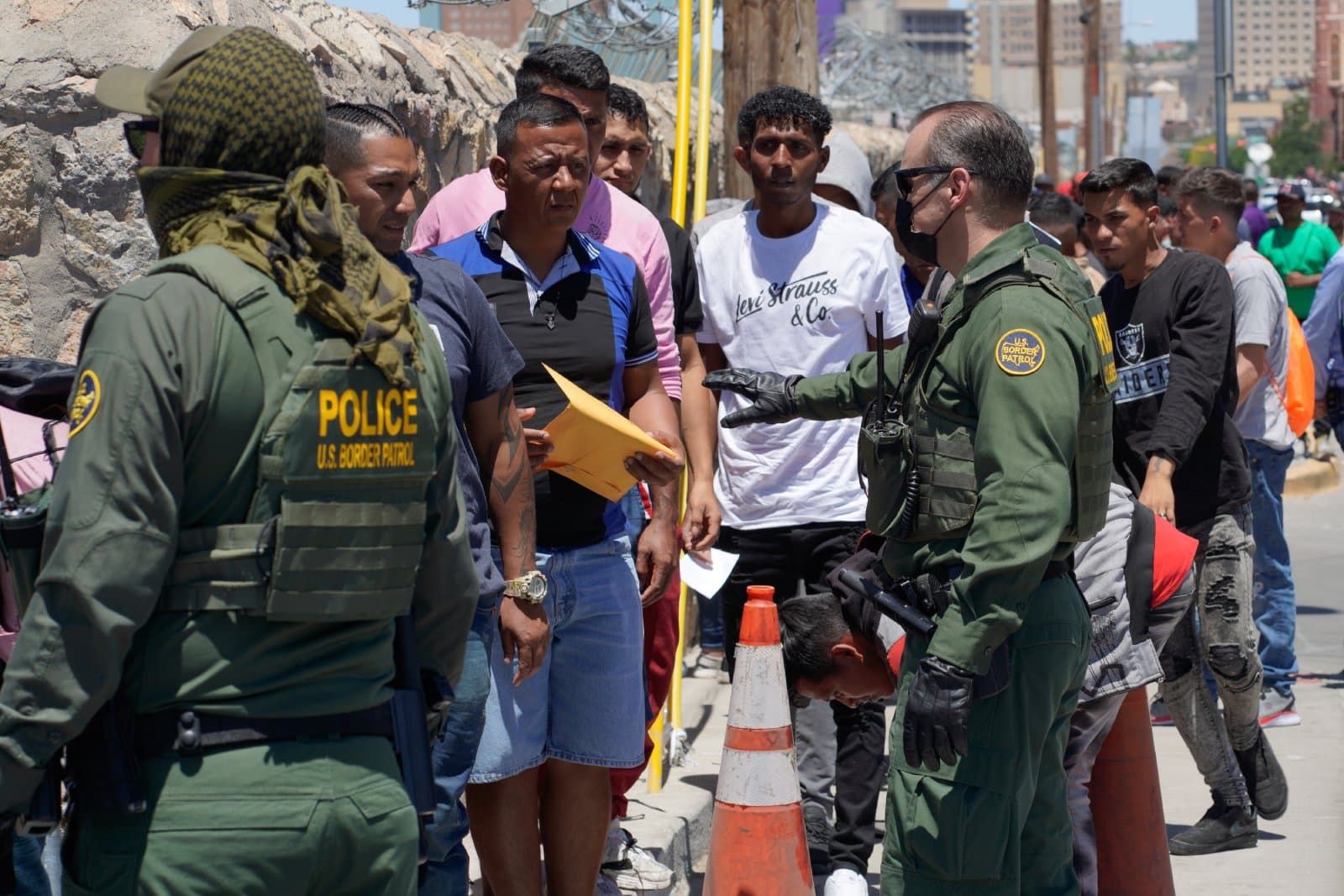
A significant rise in border encounters, which began in 2019, has continued regardless of U.S. policy shifts. Furthermore, the types of people coming to the U.S. have changed a lot.
There has been a shift from mostly single adults from Mexico looking for work to more families and kids from all over, especially in places like Venezuela and Haiti. This change shows how global issues are pushing people to move.
What’s Next?

Experts are watching the numbers and trying to figure out how long this wave of immigration will last. The CBO thinks it might go on until 2026, but it’s still a big question mark.
The upcoming presidential election could also shake things up, depending on who wins and what policies they put in place.
Economic Impact of Tighter Borders
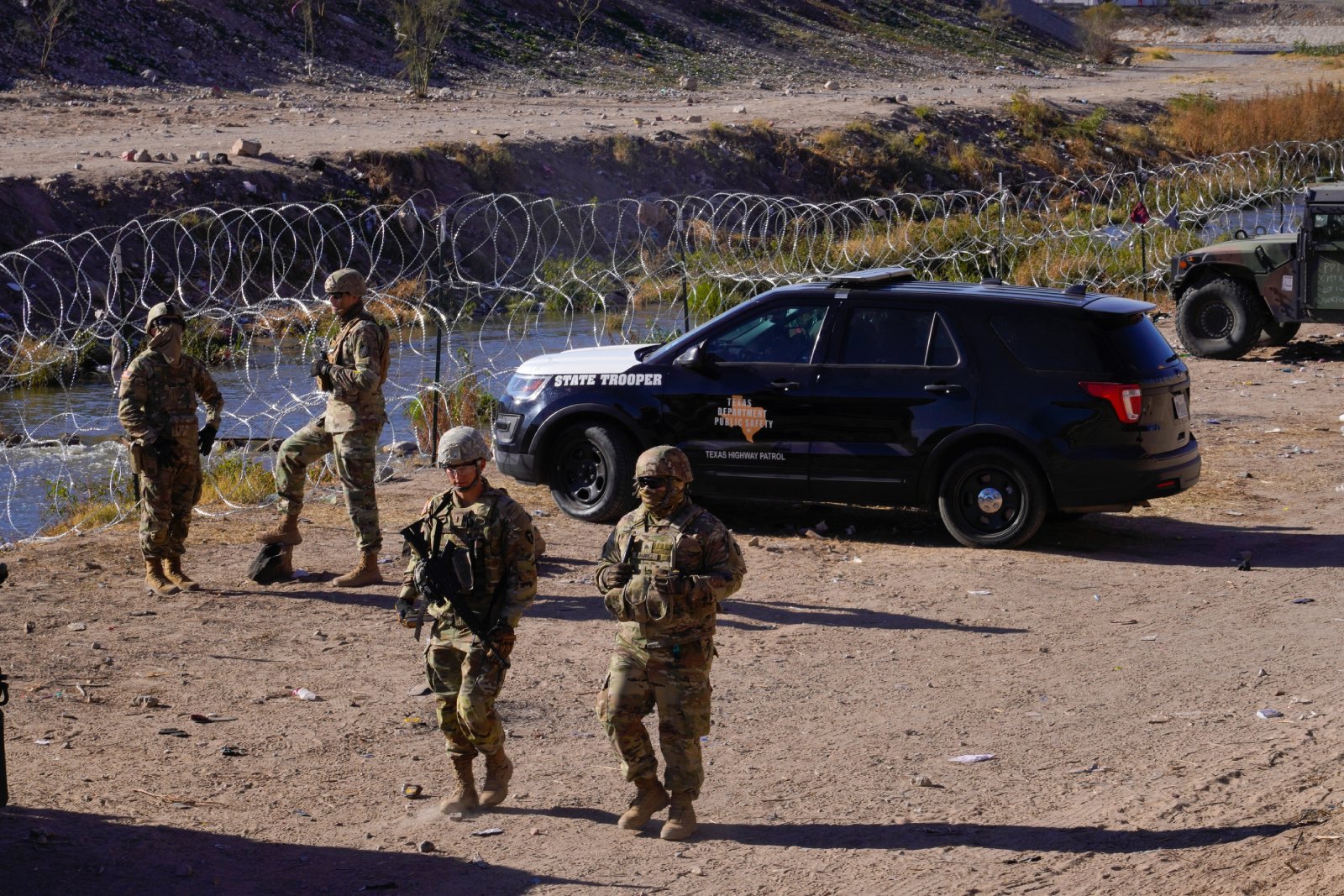
Cutting down on immigration might seem like a way to control things, but it could backfire by slowing economic growth.
Marc Goldwein from the Committee for a Responsible Federal Budget warns that less immigration means less growth.
That is a problem when the country is counting on new workers to keep the economy humming.
Balancing Economic Growth and Federal Spending

While immigration bolsters the economy and reduces federal deficits through taxes paid by immigrants, its impact on per capita economic size and federal spending presents a more complex picture.
The debate continues over the balance between welcoming immigrants and managing the associated costs, especially at local and state levels.
Beyond GDP

Edelberg highlights that immigration’s benefits extend beyond GDP growth, affecting local economies and federal budgets differently.
The challenge lies in ensuring that the economic gains from immigration are distributed equally, addressing the burdens faced by local communities without dampening the overall positive impact on the nation’s economy.
Local Challenges

While the federal government benefits, local communities face challenges. They are on the front lines, providing education and healthcare, and could use more support to manage the costs.
Policy Implications
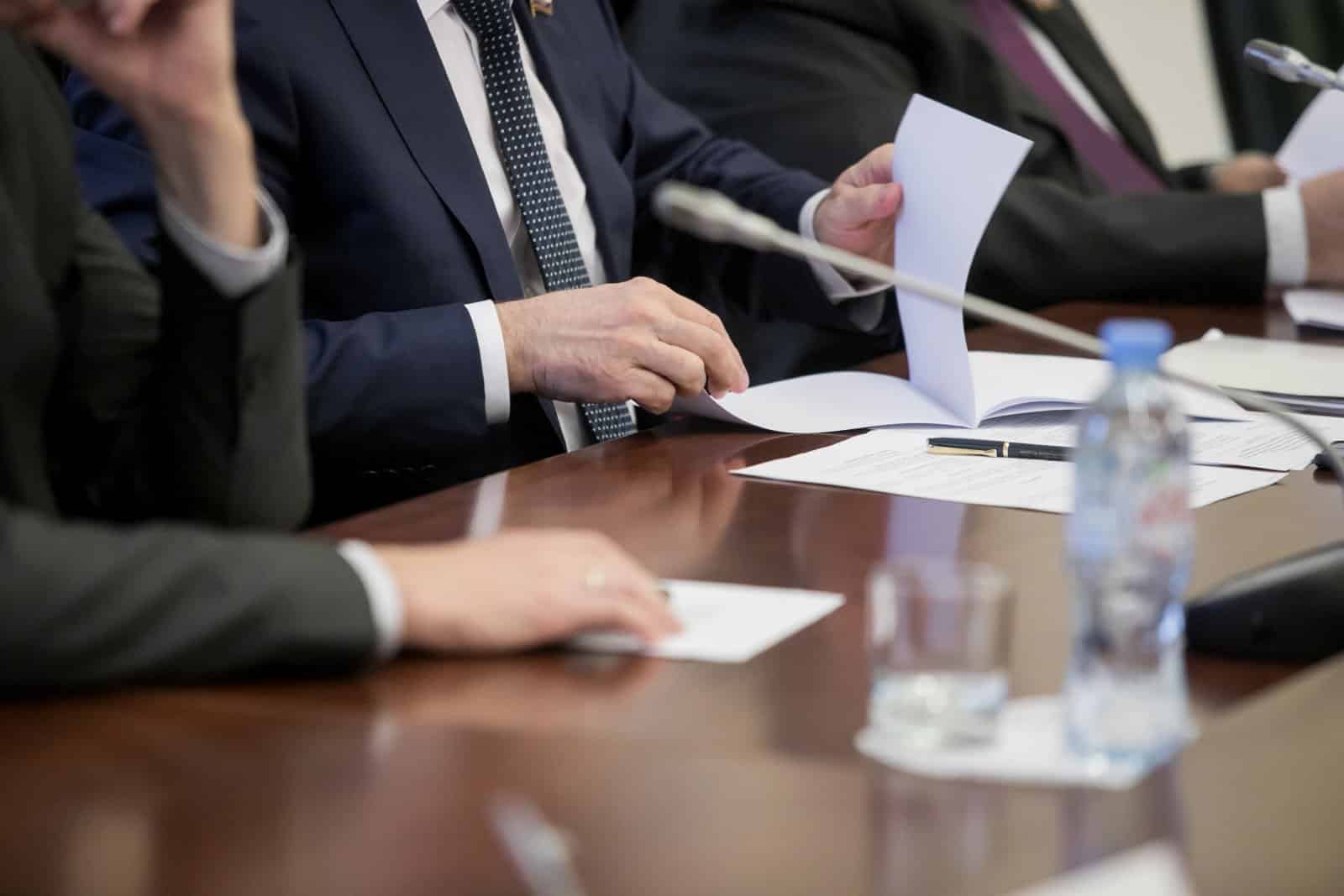
The debate over immigration policy is more than just politics. It is setting the stage for continued economic prosperity, making sure the U.S. remains a place of opportunity and growth.
The Long View
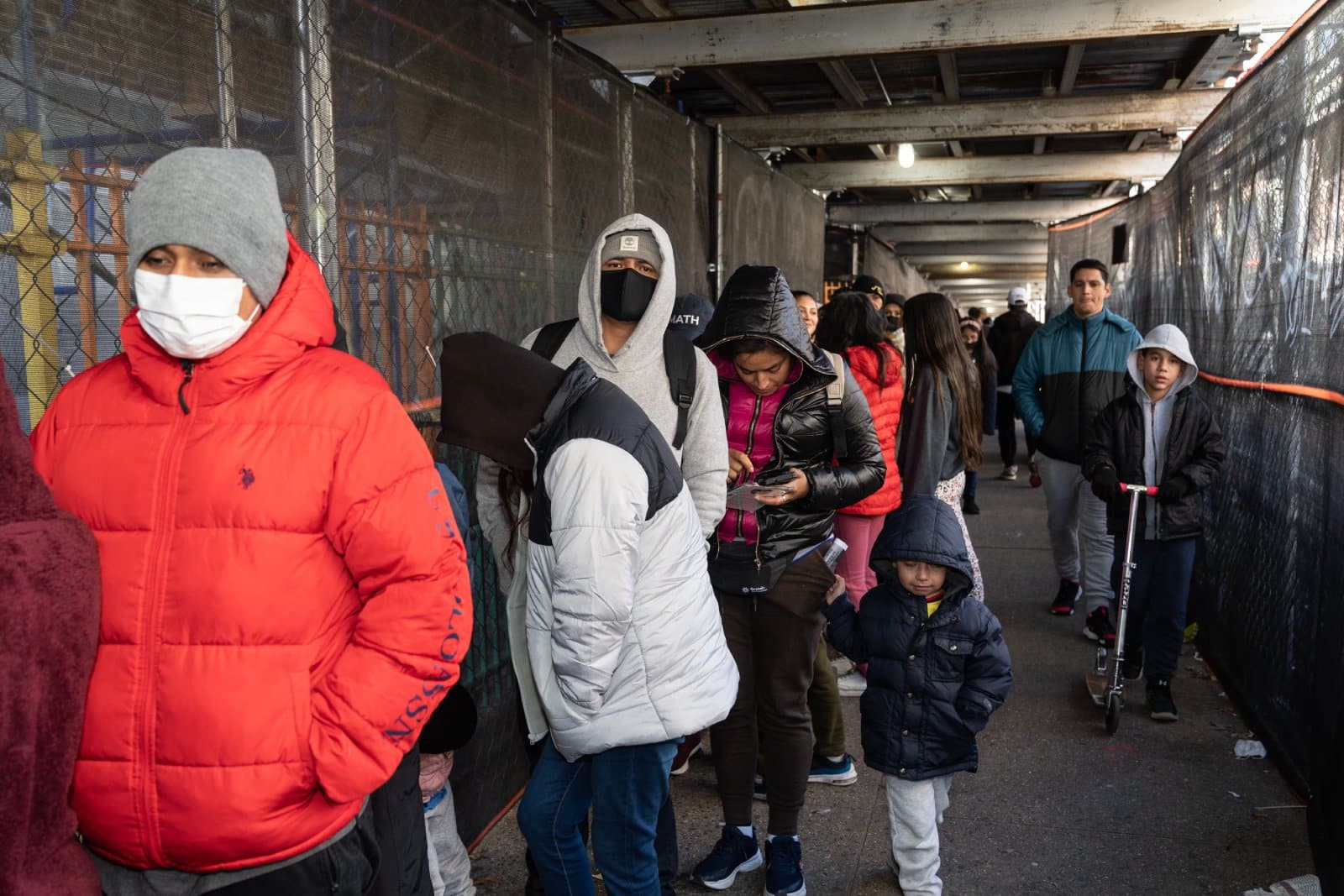
Looking to the future, it is clear that immigration will continue to be a critical issue.
The decisions made today will shape the economy for years to come, highlighting the importance of a thoughtful approach to immigration policy.
A Path Forward

As discussions around immigration continue, it is important to keep the economic and social benefits in focus.
A balanced, informed approach can ensure that the U.S. remains a vibrant, growing economy that welcomes the contributions of immigrants from around the world.
Making smart choices about immigration policy isn’t just good politics; it is essential for a prosperous economic future.
The post Immigration Cuts Pose Billions in Economic Losses for U.S. first appeared on Swift Feed.
Featured Image Credit: Shutterstock / a katz.

